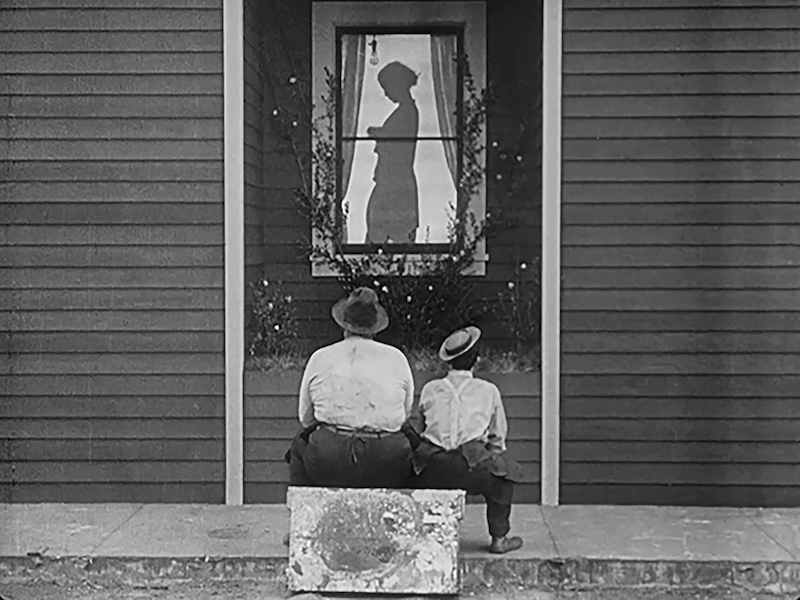VARIAZIONI DI “THE BLACKSMITH” DI BUSTER KEATON E MAL ST. CLAIR (IT 2018)
progetto/project: Francesco Ballo, in collab. con/with Federico Frefel. narr: Francesco Ballo. prod: Mâd Produzione. copia/copy: DCP, 32′, sd.; narr: ITA. fonte/source: Francesco Ballo.
THE BLACKSMITH – VERSIONE BALLO (IT 2018)
progetto/project: Francesco Ballo, in collab. con/with Federico Frefel. copia/copy: DCP, 23’48”, did./title s ENG. fonte/source: Francesco Ballo.
THE BLACKSMITH (US 1921/1922)
regia/dir, scen: Buster Keaton, Mal St. Clair. photog: Elgin Lessley. tech dir: Fred Gabourie. cast: Buster Keaton, Virginia Fox, Joe Roberts. prod: Joseph M. Schenck, Comique Film Corporation, Inc.
Since 2013, Keaton’s short The Blacksmith (1922) has existed in two different versions, both distributed by Raymond Rohauer. Together with my own final version of the film (here referred to as the “Ballo Version”), Variazioni di “The Blacksmith” is the outcome of a research project carried out with Federico Frefel, showing newly discovered footage and sections via split-screen. While the primary version is familiar to everyone, an alternate one was found by the Argentinian scholar Fernando Peña; it was subsequently distributed by Lobster Films and was screened at the Giornate in 2013. I have decided to present significant moments from each version using split-screen so as to understand their substantial differences. Instead of staying inside the garage and dirtying the white horse, Buster goes outside, performing an extraordinary series of gags.
The Blacksmith is presented in two versions, with no possibility of integrating the new footage into the first copy: we either see Buster in an interior, dirtying the white horse, or opt for remarkable and fantasy-driven exterior sequences that shift our attention somewhere else, and become the pivot and focus of a comedy that is innovative, unusual, and highly measured. Studying these differences in the copies frame by frame, moving towards the outdoor finale, I realized that just as Buster saves Virginia Fox, sweeping her off the galloping horse, the brief frames shown in split-screen are the same in the two different versions. So instead of re-shooting the scene in the second version, Keaton left it as it was: in fact, the right side of the white horse is dirty in both the first and second versions, whereas it should be white and immaculate. This shot thus becomes decisive for establishing that the copy of The Blacksmith discovered by Peña is the final one Keaton and Mal St. Clair made, in 1922.
In the “Ballo Version” of The Blacksmith I wanted to retain Keaton’s amusing, ironic opening: the scene of Buster the blacksmith’s assistant under a very tall palm tree is accompanied by artwork intertitles that recur in the same style at the end of the film. I therefore do not see why this scene should be cut, as happened in the final version.
Francesco Ballo






